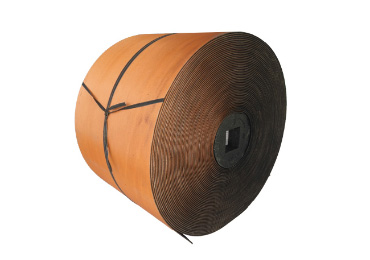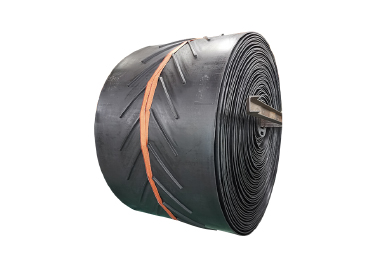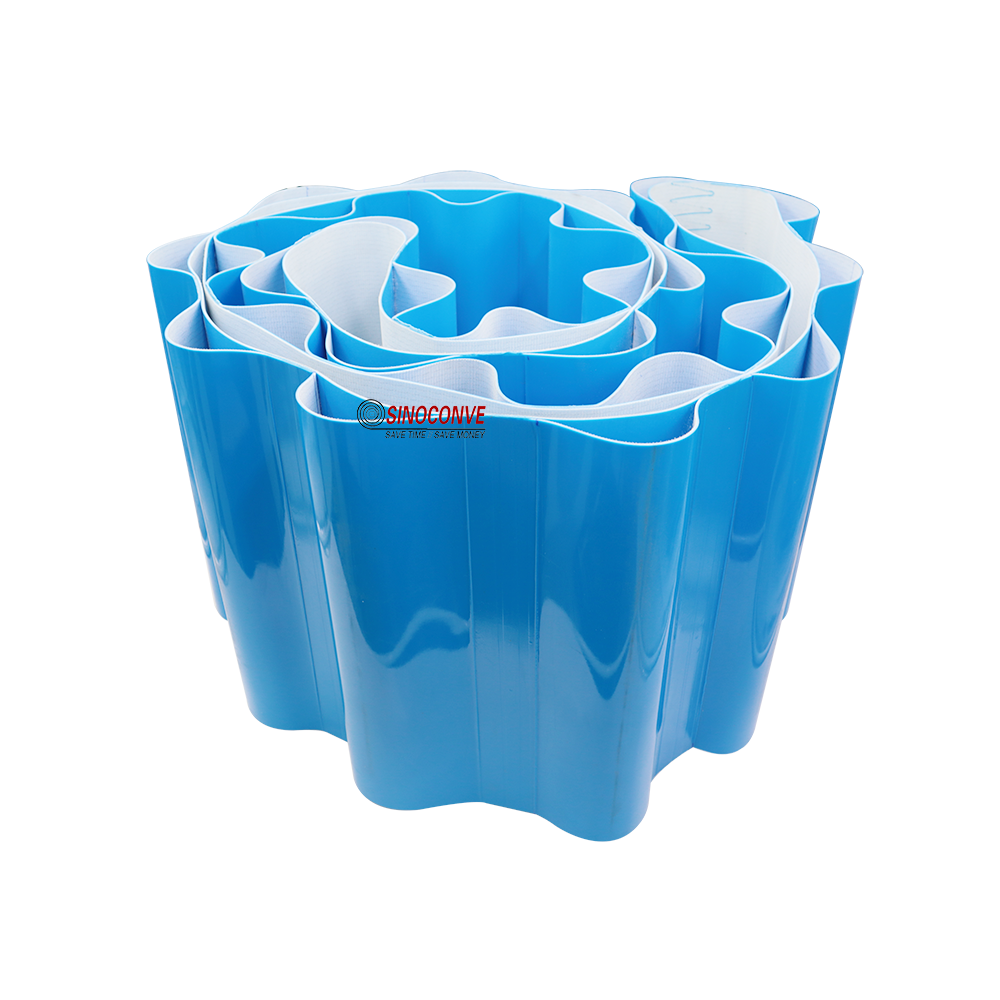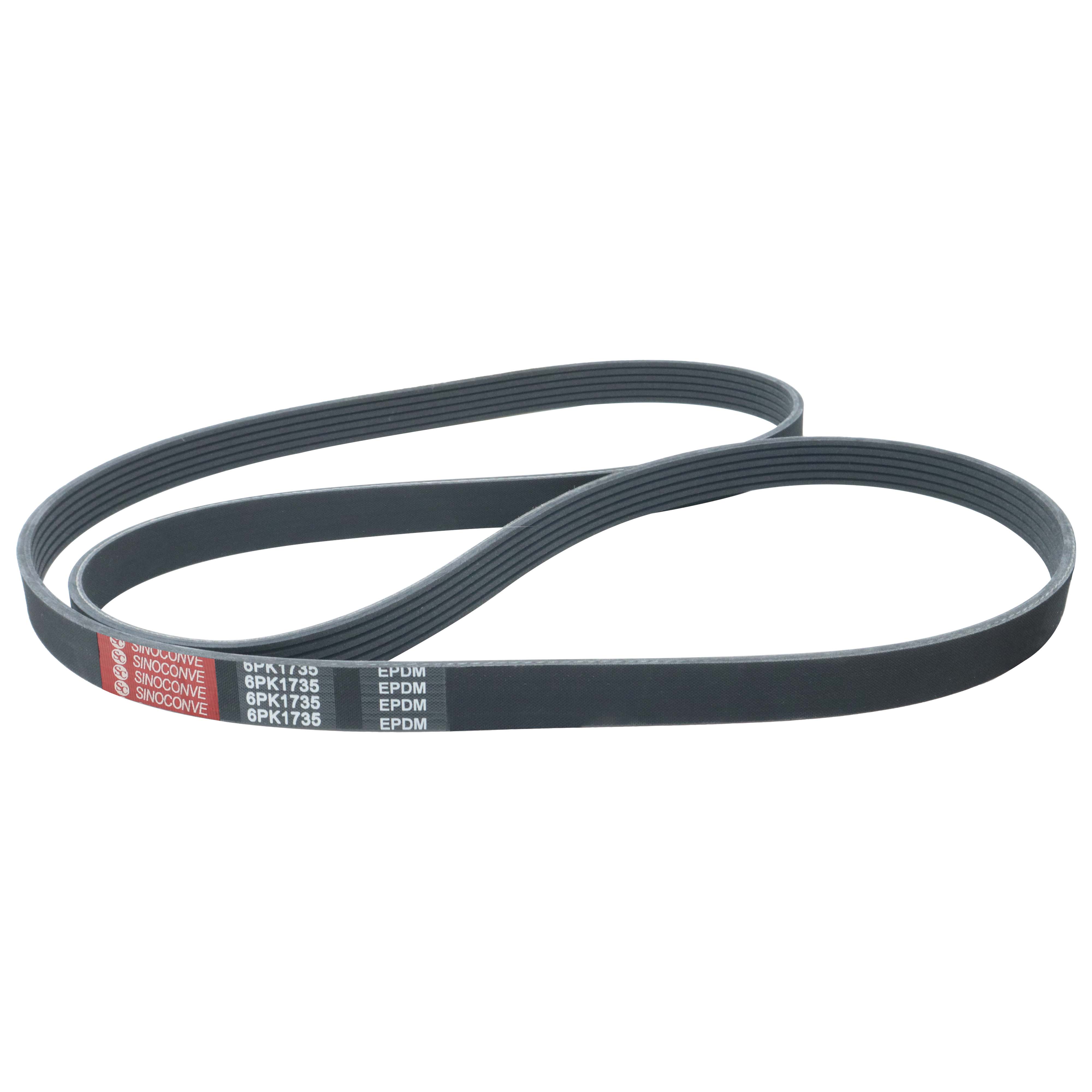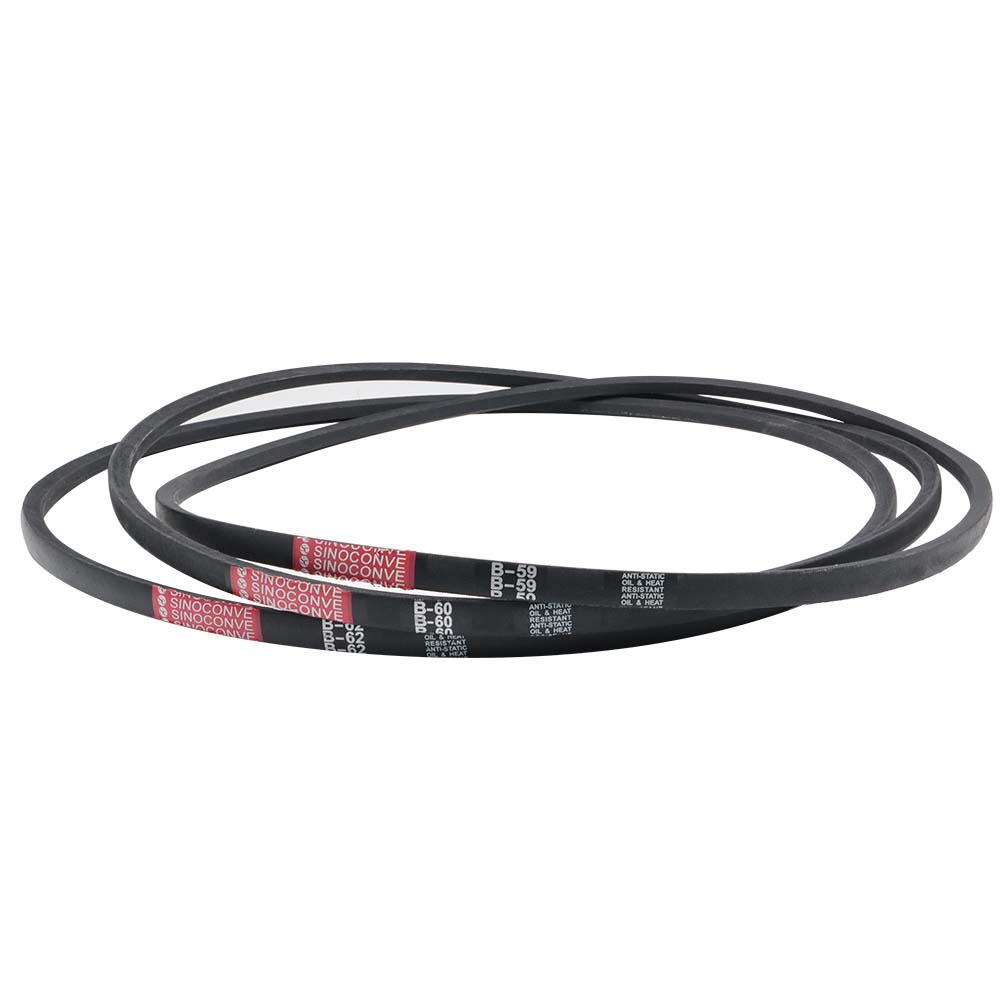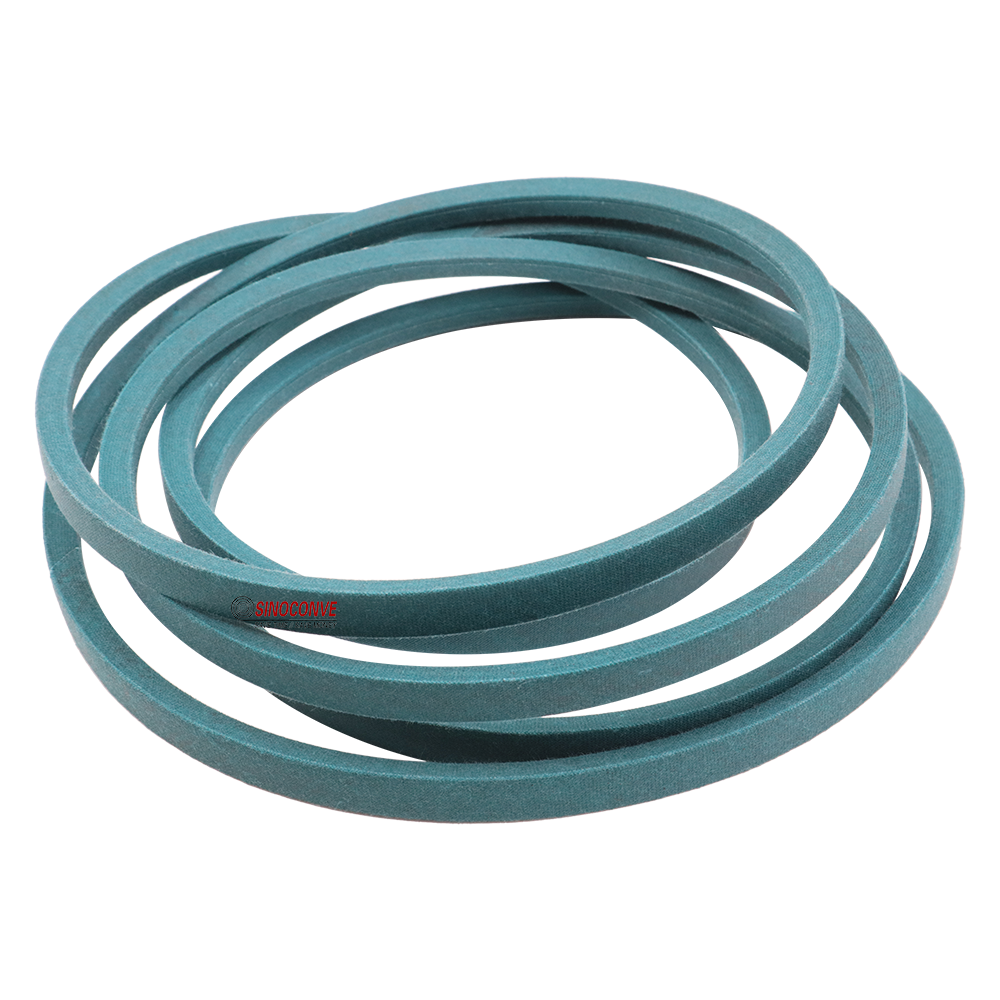Comparison between Aramid Fiber PU Timing Belt and steel cord PU Timing Belt is essential for industries seeking optimal performance in machinery. These belts, often featured in products like the SIMCONVE Timing Belts, play a crucial role in ensuring precise and reliable operations. Aramid Fiber PU Timing Belt and steel cord PU Timing Belt are two popular options, each offering distinct advantages based on their construction and applications. This article will delve into their key differences, helping readers make informed decisions for their automation needs. By examining factors such as material strength, durability, and suitability, we can highlight how SIMCONVE's innovative designs elevate these components.
Differences in Material Composition
Aramid Fiber PU Timing Belt is made from aramid fibers, which are lightweight and highly resistant to heat and chemicals, providing excellent flexibility without compromising strength. In contrast, steel cord PU Timing Belt incorporates embedded steel wires for enhanced tensile strength, making it more rigid and suitable for high-tension environments. Aramid Fiber PU Timing Belt offers superior vibration dampening, reducing noise in operations, whereas steel cord PU Timing Belt excels in maintaining precise alignment under heavy loads. For instance, in the SIMCONVE lineup, these belts are crafted with top-quality materials to withstand rigorous demands, as described in the product details. This comparison reveals that Aramid Fiber PU Timing Belt is ideal for applications requiring agility, while steel cord PU Timing Belt is better for scenarios demanding unyielding support. Overall, the choice depends on whether flexibility or robustness is prioritized, with both options ensuring longevity and efficiency in manufacturing settings.
Performance and Durability Comparison
When evaluating performance, Aramid Fiber PU Timing Belt demonstrates remarkable resistance to abrasion and fatigue, allowing it to operate efficiently in dynamic systems like packaging machinery. On the other hand, steel cord PU Timing Belt provides greater load-bearing capacity, which is crucial for heavy industrial uses such as automotive assembly lines. Aramid Fiber PU Timing Belt tends to have a longer lifespan in corrosive environments due to its chemical resistance, but steel cord PU Timing Belt offers superior stability at high speeds, minimizing slippage as highlighted in SIMCONVE's engineering. In terms of weight, Aramid Fiber PU Timing Belt is lighter, contributing to energy savings, whereas steel cord PU Timing Belt's added weight ensures better torque transmission. This contrast underscores that while Aramid Fiber PU Timing Belt enhances operational precision in lighter applications, steel cord PU Timing Belt is unmatched for demanding, high-force tasks, making both integral to SIMCONVE's reliable product range.
Applications and Suitability
In practical applications, Aramid Fiber PU Timing Belt is often selected for automated systems where flexibility and reduced maintenance are key, such as in robotics or conveyor belts. Conversely, steel cord PU Timing Belt is preferred in environments with extreme mechanical stress, like mining equipment or large-scale manufacturing. SIMCONVE Timing Belts, with their innovative perforations and composite coatings, integrate these features to boost grip and durability, as outlined in the product information. This makes Aramid Fiber PU Timing Belt more versatile for modern, high-tech setups, while steel cord PU Timing Belt ensures reliability in traditional heavy-duty roles. Ultimately, the decision hinges on specific industry needs, with SIMCONVE offering solutions that blend cutting-edge engineering and practical design for uninterrupted performance. By choosing the right belt, businesses can optimize their operations and invest in quality components that align with their goals.

